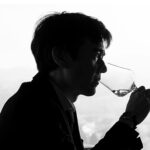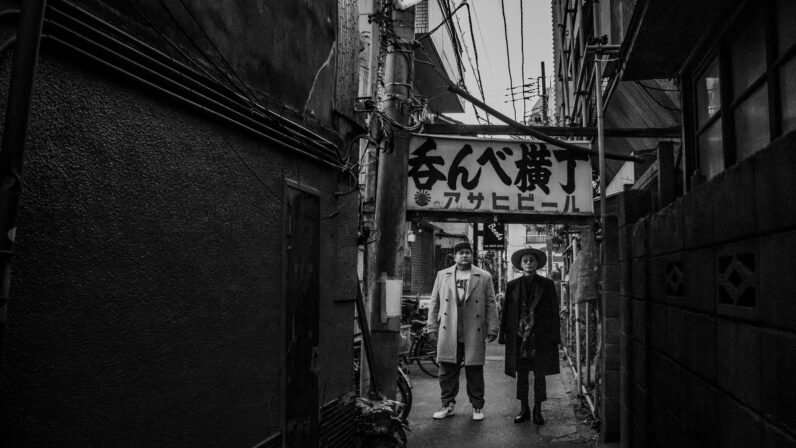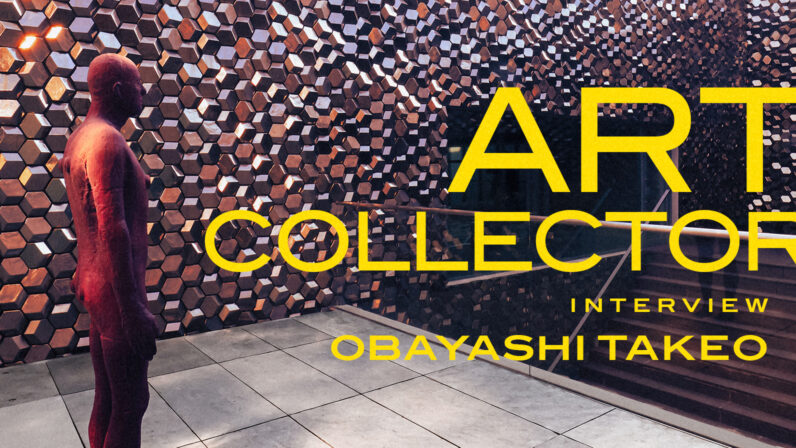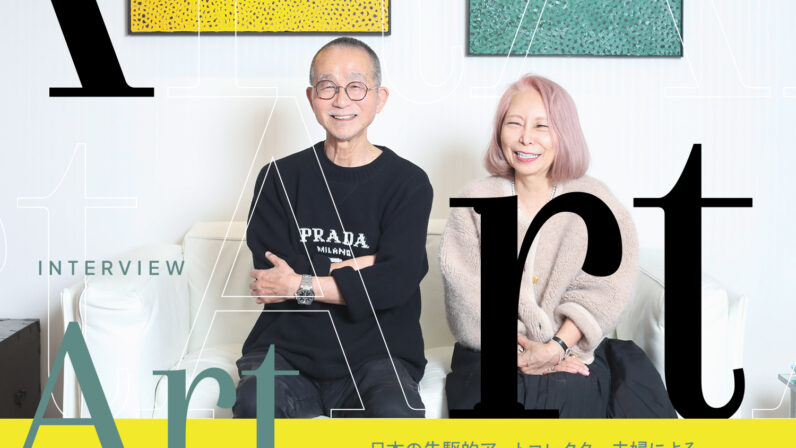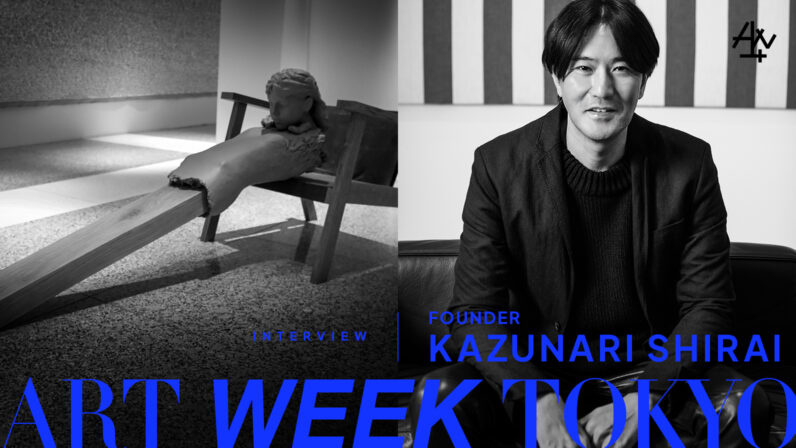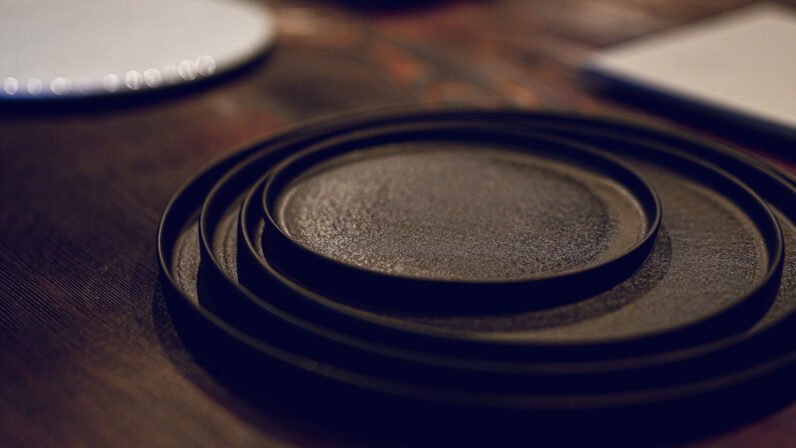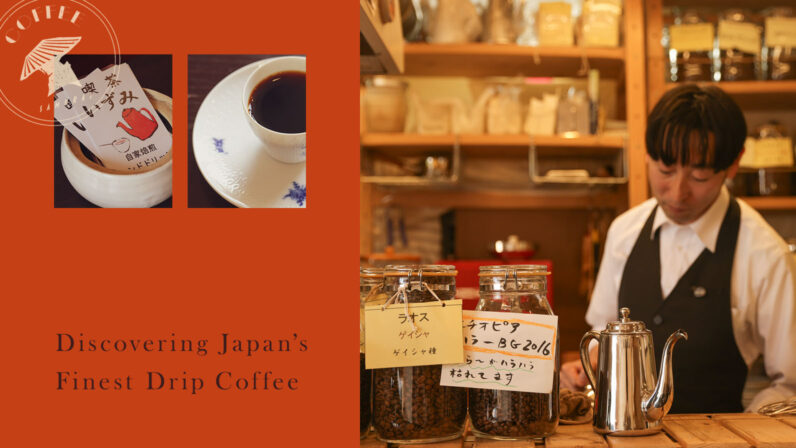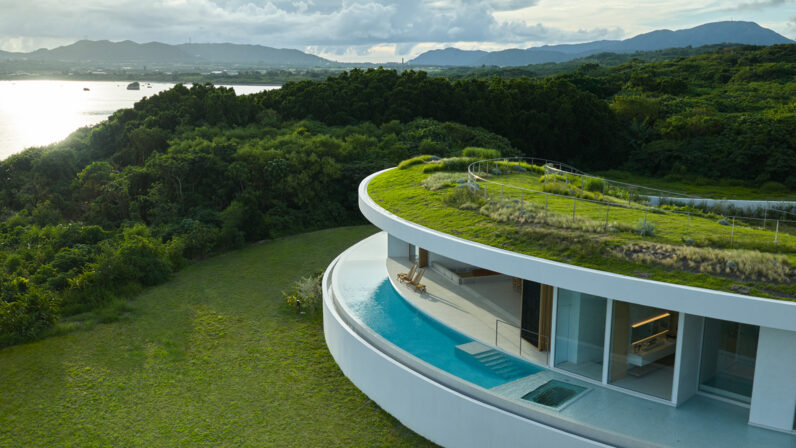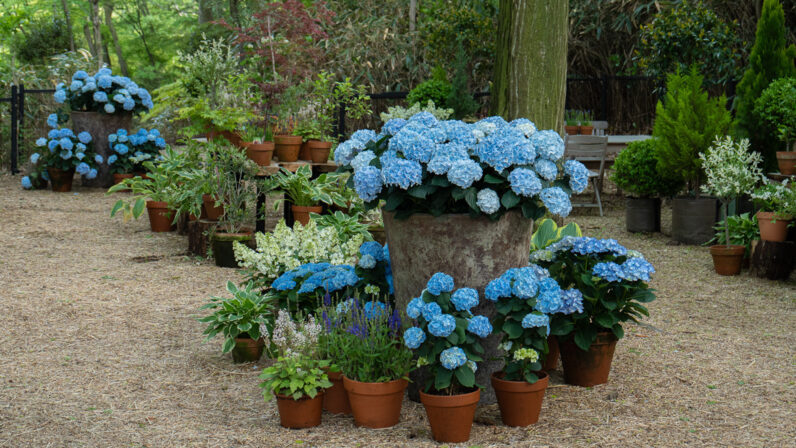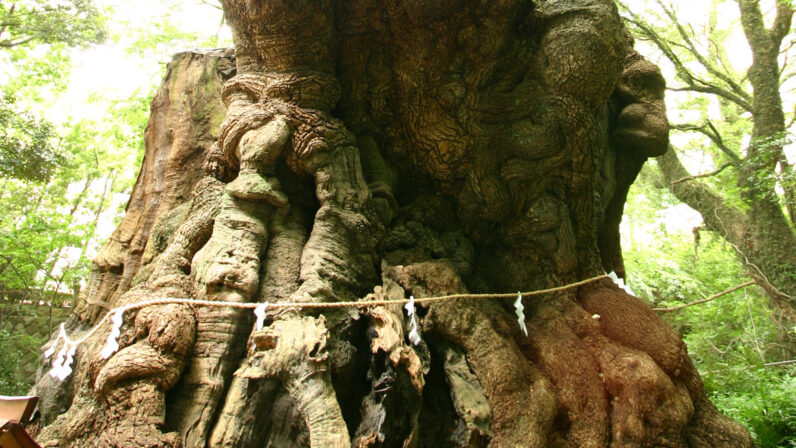The remarkable story of the whisky “Karuizawa” and its revered reputation, truly began from when it had ended. Known as the world’s finest Japanese whisky, the legacy of Karuizawa is continued by the Karuizawa Whisky Distillery, which commenced production in 2022 and quickly captured the global attention of whisky enthusiasts.
The Legend of Karuizawa
Highly desired, yet unattainable.
Japanese long-aged whiskies, with Yoichi and Yamazaki at the forefront, are now frequently receiving quality ratings that even surpass Scotch. However, the production of these highly regarded Japanese whiskies is struggling to keep up with the demand.
Among them, the works of the Karuizawa Distillery are highly acclaimed. Often hailed as legendary, they are elusive and considered some of the world’s rarest whiskies.

A portion of the Karuizawa Distillery collection at Shishi-iwa House.
The legendary status of this distillery is significantly linked to the circumstances surrounding its closure. In 2000, production came to a halt, with key factors involving the downturn and sluggish sales in the domestic whisky market, and by 2011, the distillery was fully closed.
The whiskies crafted by the Karuizawa Distillery were unquestionably at the pinnacle of Japanese and, by extension, global excellence. However, the true recognition of Japanese whisky’s prowess on the world stage didn’t arrive until after the year 2000. Prior to that, the main arena, the domestic market, had been steadily cooling off since its peak in 1983, dwindling to just one-sixth of its sales volume by 2007. Unfortunately, the Karuizawa Distillery couldn’t endure these challenges and disappeared without receiving the deserved recognition.
A key factor in the revival of Japanese whisky was its recognition on the international stage. One noteworthy early milestone occurred in 2001 when Nikka Whisky’s Single Cask Yoichi 10-Year-Old achieved the highest score at the World Whiskies Awards by the UK’s Whisky Magazine. Ironically, in the same year, the Karuizawa Pure Malt 12-Year-Old received a gold award at the International Wine & Spirits Competition (IWSC). Suntory, a current leader in Japanese whisky alongside Nikka, secured the ISC (International Spirit Challenge) gold award with Yamazaki 12-Year-Old in 2003, making it even more regrettable in retrospect.
Around 2010, the market started showing signs of recovery due to changes in domestic liquor tax laws and Suntory’s efforts of domestic marketing. By then, Japanese whisky had already entered a phase that could be characterized as a global boom. Masterpieces like Karuizawa whiskies were considered irreplaceable treasures, never to be reproduced again, and prices for these coveted whiskies began to surge.

Especially noteworthy is the legendary Single malt Karuizawa 1960. After the distillery closed in 2013, a few bottles were released from the remaining casks and were initially priced at a staggering 2 million yen per bottle. Subsequently, at auctions, its value surged exponentially, reaching 8 million yen, 14 million yen, and an astonishing 46.9 million yen. Today, it is considered one of the world’s most rare and luxurious whiskies, with its exalted status not only within the realm of Japanese whiskies but also standing alongside prestigious names like Macallan and Dalmore.
If only it had endured for another ten years…
Now, the tradition of crafting Karuizawa whisky was lost and never returning…
Nevertheless!
that lamentation was not entirely the case!
In fact, the legacy still lives on. The distillery that preserved the cask of Karuizawa 1960, released in 2013, is none other than the Venture Whisky company, a trailblazer in the revival of Japanese whisky and a pioneer in the current emergence of small-scale whisky distilleries. (They are also the producers of Ichiro’s Malt).
Moreover, when it comes to inheriting this lineage, Karuizawa Whisky Distillery strives to carry on this legacy even more profoundly.

The Karuizawa Whisky Distillery has enlisted Osami Uchibori, the Malt Master of the Karuizawa Distillery, as an advisor (Mr. Uchibori also serves as the Chief Distiller for Venture Whisky) and appointed Yoshiyuki Nakazato, the last factory manager of the Karuizawa Distillery, as the factory manager for the Karuizawa Whisky Distillery.
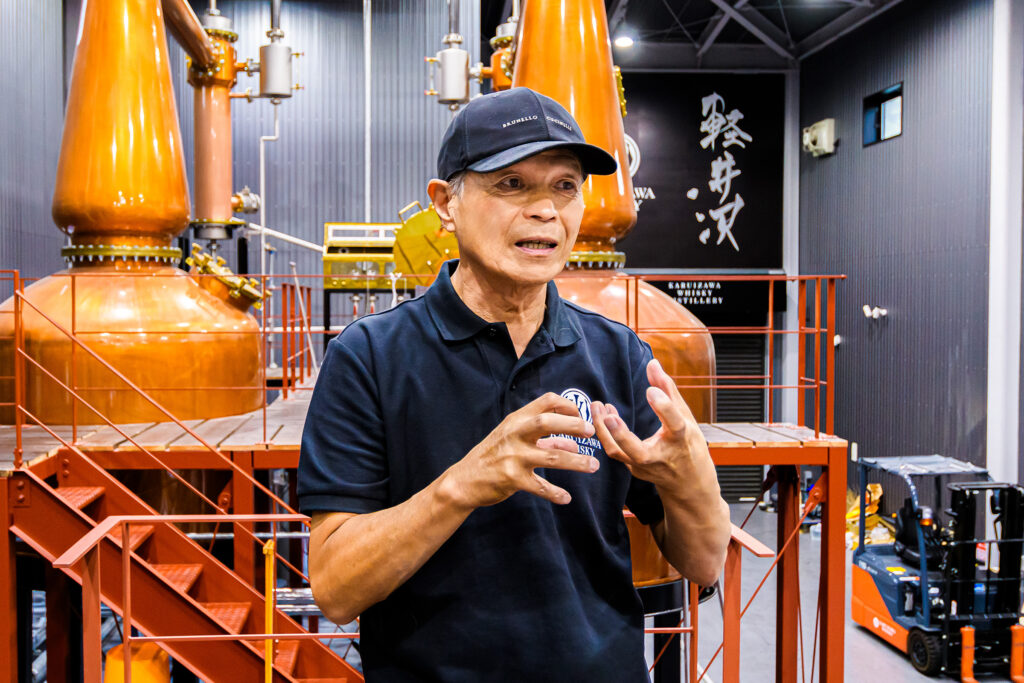
Yoshiyuki Nakazato. After the closure of the Karuizawa Distillery, he was responsible for grape cultivation at Château Mercian Mariko Winery, the final owner of the Karuizawa Distillery. Consequently, his whereabouts were largely unknown to most whisky enthusiasts.
The Karuizawa Whisky Distillery is close to the original Karuizawa Distillery (which was in Miyota is now part of an art-focused complex named MoPP), has two similarly shaped pot stills (one of the original pot stills is currently displayed in front of the Miyota Town Hall), and is a malt whisky producer. These elements all contribute to preserving the essence of the original Karuizawa Distillery at the core.

There are two pot stills, indicating a double distillation process. The one on the right, slightly larger, is for the initial distillation. Both were supplied by the Forsyths company in Scotland. The cylindrical shape at the bottom is a characteristic feature shared with the Karuizawa Distillery.
The Second Chapter of Karuizawa
However, does the Karuizawa Whisky Distillery take on a retrospective approach and strive to fully recreate the whisky from the Karuizawa Distillery? Well, it’s not exactly like that, and in this case the story seems different, standing in its own right.
The one who established this distillery is Shigeru Totsuka, the 16th-generation owner of Totsuka Shuzo, a sake brewery located in Saku, Nagano. While in Tokyo, he encountered the whisky of Karuizawa Distillery. Impressed and inspired, he went on to establish the Karuizawa Whisky Distillery.
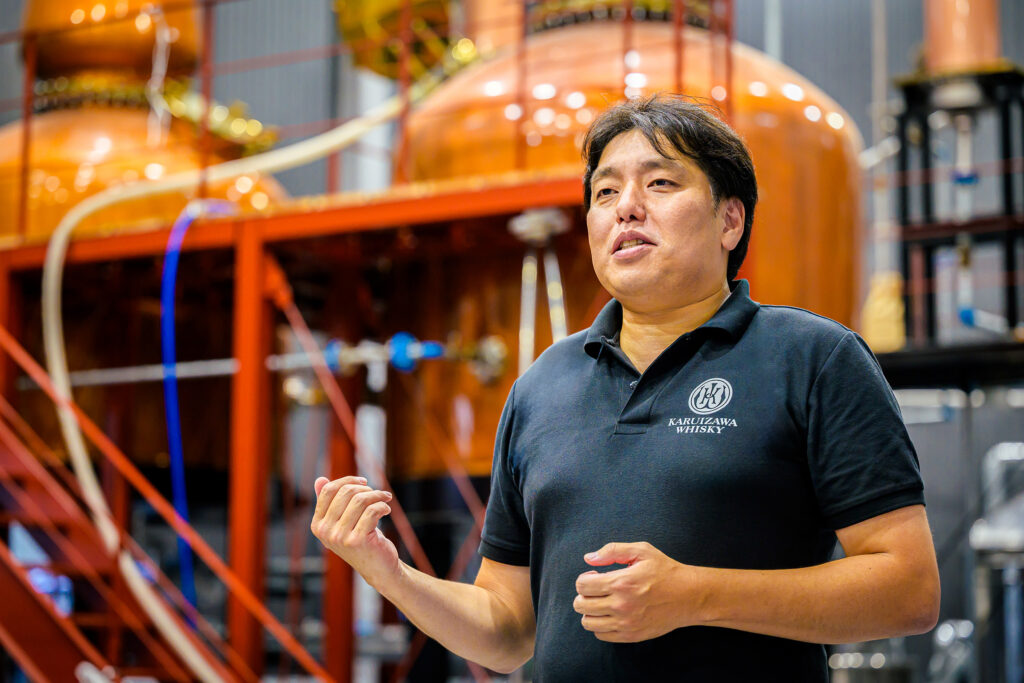
Shigeru Totsuka, the President and CEO of Karuizawa Whisky Co., Ltd., also serves as the 16th-generation head of Totsuka Sake Brewery Co., Ltd.
Mr. Totsuka explains that whisky is a part of Karuizawa’s culture. Therefore, the goal of the Karuizawa Whisky Distillery is not just the continuation of Karuizawa’s whisky and preserving its legacy but, more ambitiously, to make Karuizawa synonymous with spirits, particularly whisky.
Hence, at the Karuizawa Whisky Distillery, they not only embrace the spirit of sake-making from Totsuka Shuzo but also have Kotaru Taketsuru, a whisky connoisseur and the grandson of Masataka Taketsuru, the founder of Nikka Whisky, serving as an advisor. Wondering about Suntory, the prominent player in Japanese whisky? Well, it appears that they share an amicable relationship with Suntory, too. In essence, the Karuizawa Whisky Distillery is intricately woven into the fabric of mainstream Japanese whisky.

In front of the pot still is the fermentation tank, which is made of enamel. According to Mr. Totsuka, they are accustomed to using enamel fermentation tanks in sake brewing, and it facilitates temperature control.
Whisky production began in 2022. Although the standard aging is set at 10 years and the release is still on the horizon. Chief Brewer Nakazato expresses amazement at the whisky’s smoothness even before maturation, making him wonder about its deliciousness and question the final product, pondering “Is it okay to be this good ?”. He notes that the original spirit from the Karuizawa Distillery was more aromatic and robust.
Of course, it’s too early to assess the flavor and aroma of the whisky, as these aspects are shaped by aging and blending. However, even at this initial stage, it is clear that recreating the Karuizawa Distillery isn’t the main objective of this new distillery.
With such a skilled team in place, it’s only natural to have high expectations. Reports suggest that the distillery has already secured orders from various food and beverage businesses, both domestically and internationally, indicating a strong start from a business perspective. The goal is to produce around 250 barrels annually, and despite being a small distillery, they are actively engaged in production and working hard to ensure an adequate supply of barrels.
The casks used are authentic sherry casks sourced from Spain and Portugal and have been used for 10 to 15 years. While 250-liter barrels are employed for the 10-year maturation, there are also 500-liter barrels for extended aging. Besides having maturation facilities near the distillery, additional storage is strategically located at an altitude of 2,000m in the Yatsugatake mountains and another site near the Japan Sea in Niigata, almost at sea level. This hints at the preparation of some very special whiskies.
The water, of course, comes from Karuizawa. Karuizawa is blessed with various water sources, providing both soft and hard water. Currently, they are using hard water. While the malt is sourced from the UK, there are plans to incorporate domestically grown barley in the future. Although the details about the blender are yet to be officially disclosed, it’s already settled behind the scenes, raising expectations for a prominent figure in the industry.

Pictured above from left to right are Shigeru Totsuka, Yoshiyuki Nakazato, and David Stanley Hewett. While it might be surprising to see the renowned artist David Hewett, he actually serves a diplomatic role for the Karuizawa Whisky Distillery.
With the whisky community’s full attention on the Karuizawa Whisky Distillery, enthusiasts anticipate the day they can pour and savor the rich aroma of the new masterpieces. It will be an astounding moment to celebrate, marking the second chapter of authentic Japanese whisky crafted in Karuizawa.
Oh, and one more thing to note. According to Mr. Totsuka, in Karuizawa, they used to use local peat for heating. So, this opens up the possibility for whisky to be made with Karuizawa peat in the future.
Karuizawa Whisky Co., Ltd.
https://www.karuizawa-whisky.co.jp/
■Related Article

Embracing Nature at Shishi-iwa House for an Exquisite Karuizawa Experience

